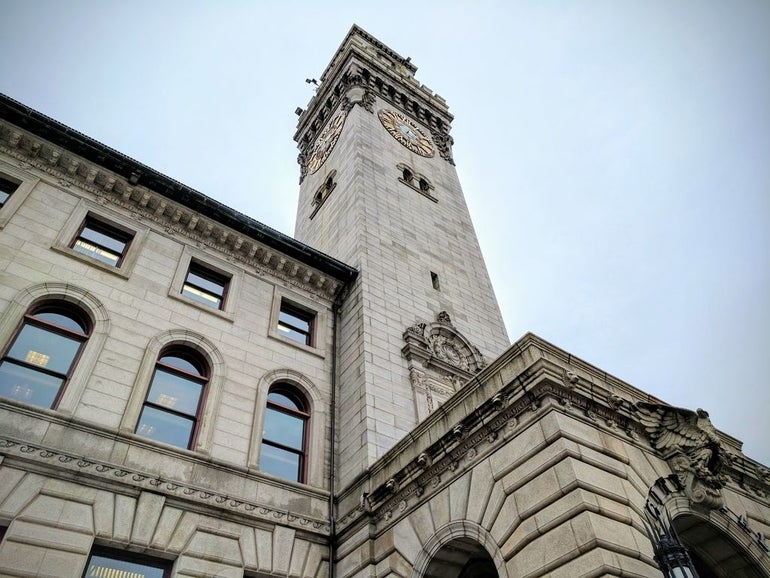Development has changed much of Worcester in the past three decades, as has how communities plan for new growth, but at no point during that time has the city updated a broad plan for how the Worcester looks and feels.
Starting this summer, a new master plan is expected to finally be in the works.
The plan is expected to guide development across the city, including streets emphasizing pedestrians and bicyclists as much as motorists, and trends toward mixed-use development featuring shops or restaurants on the street level and residential or office use above.
“This gives us a tool as we move forward to coordinate our actions and make sure they’re constant,” said Stephen Rolle, the city’s planning director.
The process will take about 18 months. City Manager Edward Augustus has put $200,000 toward the master plan effort in his proposed $632-million fiscal 2018 budget, which the City Council will vote on before the end of June. If the master plan is approved as expected, the city would seek firms this summer to create the plan with input from residents and others.
City officials called a new broad planning guide long overdue. When the last plan was done 30 years ago, the DCU Center had just opened as the Worcester Centrum. The Worcester Center Galleria, which opened in 1971, was still doing well, and enclosed malls were still in vogue as ways to bring shoppers to urban areas.
In the years since, the mall was torn down and is being replaced with a mix of offices, shops and residences, along with a reconnected street grid. Worcester Polytechnic Institute has expanded just north of downtown at Gateway Park. About 2,000 students study downtown at Quinsigamond Community College and the Massachusetts College of Pharmacy and Health Sciences, with many of those MCPHS students also living in the neighborhood.
“Mixed-use is important, especially in downtown, but in the neighborhoods, too,” Rolle said.
A master plan is likely to focus more on those types of land use, and to help the city better create easily developable sites. Firms looking to build in Worcester have often searched for larger sites the city simply doesn’t have, Augustus said. The South Worcester Industrial Park, a former polluted industrial zone, is a rare exception.
Worcester also has an experiment, Augustus said, in proactive measures to improve neighborhoods such as in the Union Hill neighborhood southeast of downtown. A concentrated effort by the city has aimed to improve the housing stock, create incentives for home-ownership and fix streets and sidewalks. Worcester has embraced its nine colleges far more than it did decades ago, he said, and it’s shown with how students have embraced the city back.
“If you were in Worcester 10 or 15 years ago, kids would take off on the weekends to go to Boston or Providence,” he said. “That isn’t the case anymore.”
“I do think we’ve made a lot of strides,” the city manager added.

